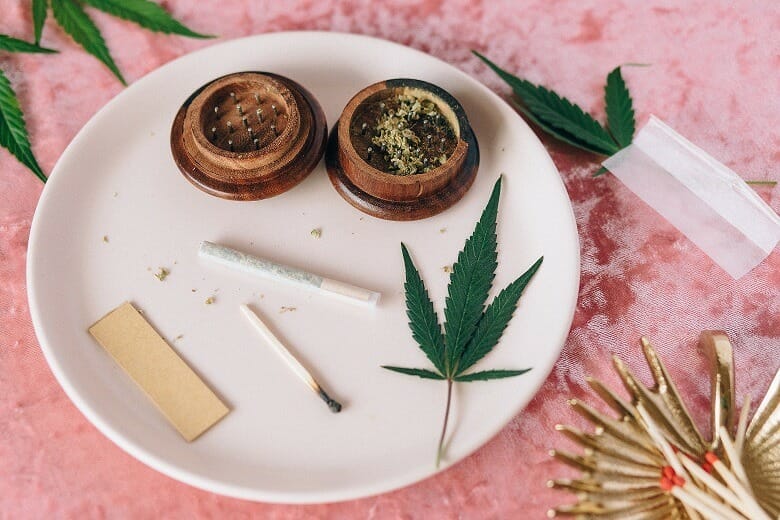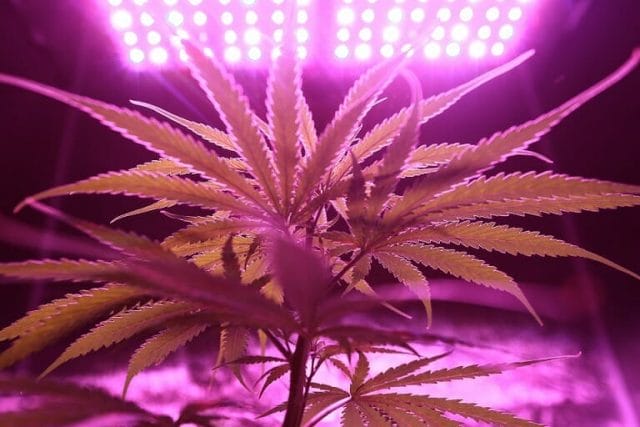Cannabis has long been associated with creativity, and the idea that it can enhance artistic output is not new. From writers and musicians to painters and filmmakers, many artists throughout history have claimed that cannabis use has helped them tap into their creative potential.
This article will examine the effects of weed plants or cannabis on creativity, and strategies for using cannabis to enhance artistic output.
Table of Contents
What is a Cannabis Plant?

The cannabis plant, also known as marijuana or weed, is a type of flowering plant that is native to Central Asia and the Indian subcontinent. The plant belongs to the Cannabis genus and can be classified into three main species: Cannabis sativa, Cannabis indica, and Cannabis ruderalis.
Cannabis Female Plants
Cannabis plants can either be male or female, but it is the female plant that is primarily used for medicinal or recreational purposes. The female plant produces buds that contain the highest concentrations of THC, the primary psychoactive compound responsible for the plant’s psychoactive effects.
More About Female Cannabis Plant
Female cannabis plants are identified by the presence of pistils, which are small hair-like structures that grow from the nodes where the leaves meet the main stem.
Female cannabis plants are usually grown separately from male plants in order to prevent pollination and ensure that the female plants do not produce seeds, high-THC buds known as “sinsemilla”. The female plant’s buds contain the highest concentrations of THC, the primary psychoactive compound responsible for the plant’s mind-altering effects.
Grow Cannabis | Key Points
Growing cannabis involves several stages, but one of the most critical stages is the flowering stage, during which the plant produces buds containing the highest concentrations of THC and other cannabinoids. Here are some key points about growing cannabis:
Flowering Stage
The flowering stage occurs after the vegetative stage and is characterized by the growth of buds that contain high levels of THC and other cannabinoids. During the flowering stage, cannabis plants require specific light cycles, typically 12 hours of light followed by 12 hours of darkness, to produce high-quality buds.
Hemp Seed
Hemp seeds are used to produce hemp oil. They are typically low in THC and high in CBD, another important cannabinoid.
Cannabis Extract

Cannabis extract is a concentrated form of cannabis that contains high levels of THC, CBD, or other cannabinoids. There are many types of cannabis extracts, including hashish, kief, tinctures, oils, and waxes. Cannabis extracts are often used for medicinal uses, such as pain relief, anxiety, and nausea.
Sativa Plants
Sativa is one of the three main varieties of cannabis, along with indica and ruderalis. Sativa plants are tall and thin and are known for their uplifting and energizing effects. Sativa strains are often used during the daytime and are believed to promote creativity and productivity.
THC and CBD
THC and CBD are two of the most important cannabinoids found in cannabis. THC is the primary psychoactive compound responsible for the plant’s mind-altering effects, while CBD is a non-psychoactive compound that is believed to have many medicinal benefits, including pain relief, anti-inflammatory effects, and anti-anxiety effects.
How Cannabis Plants Affects Creativity
A journal claims that THC, the main psychoactive compound found in cannabis plants, affects the brain’s prefrontal cortex in several ways.
Effects
- Increased activity: THC can increase activity in the prefrontal cortex, which is responsible for many higher-order cognitive processes, including working memory, attention, and decision-making.
- Divergent thinking: Studies have found that THC can increase the ability to come up with a wider range of ideas and more divergent thinking.
- Reduced filtering: THC is associated with a reduced ability to filter out distractions, which may allow for more creativity and out-of-the-box thinking.
Benefits
- A relaxed state may make the brain more open to new ideas and less inhibited by fear and anxiety.
- Cannabis can induce a sense of calm and relaxation, which can reduce stress and enhance creative output.
- Some users report that cannabis helps them focus on creative tasks, allowing them to delve deeper into their work and produce more thoughtful and innovative output.
Cannabis and Artistic Output
The connection between cannabis and artistic output has been observed across a wide range of creative fields, including music, writing, and visual arts.

Some Examples of How Cannabis Enhance Creativity
Music
Many musicians have reported using cannabis to enhance their creativity and create music that is more innovative and boundary-pushing. Some even claim that cannabis can help them tap into a higher level of consciousness and create music that transcends traditional genres and styles.
Writing
Cannabis has long been associated with writers, with many famous authors such as Jack Kerouac, Hunter S. Thompson, and Stephen King known for using cannabis to enhance their creativity. Cannabis can help writers overcome creative blocks, tap into their imagination, and produce work that is more daring and original.
Visual arts
Cannabis has also been used by visual artists to enhance their creativity and produce work that is more inventive and thought-provoking. Some artists report that cannabis can help them see the world in a different way, inspiring new ideas and perspectives that they might not have considered otherwise.
Finding the Right Balance
Finding the right balance is important when using cannabis to enhance creativity. Here are some strategies for using cannabis responsibly to maximize its creative benefits without negatively impacting artistic output:
Dosage and Timing
Start with a low dosage and gradually increase as needed to find the right level of cannabis use that enhances creativity without causing negative side effects such as anxiety or impaired focus.
Timing is also important – consider using cannabis during the brainstorming or ideation phase of the creative process, rather than during the execution phase where attention to detail is crucial.
Use the Right Strain
Different strains of cannabis can have different effects on creativity. Consider using strains that are known for their creativity-enhancing properties, such as sativa-dominant strains, rather than indica-dominant strains, which may be more sedating and less conducive to creative thinking.
Incorporate Other Creative Practices
Using cannabis as a tool for creativity doesn’t have to be the only approach. Consider incorporating other creative practices such as meditation, yoga, or journaling into your routine to enhance creativity.
Responsible use
As with any substance, responsible use is key. Avoid overuse and be mindful of the potential risks and side effects associated with cannabis use.
Conclusion
In conclusion, using cannabis to enhance creativity can be a powerful tool when used responsibly and in moderation. By finding the right balance and incorporating other creative practices, cannabis can help artists tap into their full creative potential and produce work that is truly innovative and inspiring.




